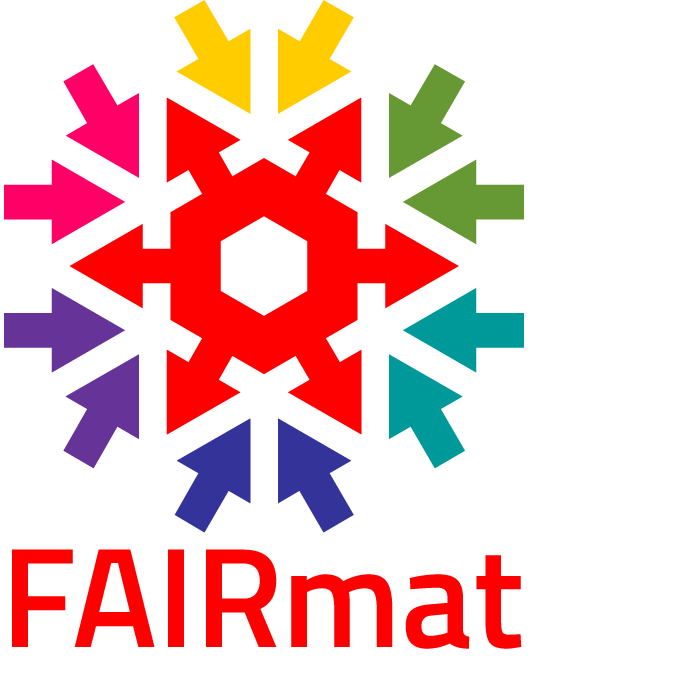Videos and Exercises
This is a two-day tutorial. The first day includes a presentation, a series of how-tos, and exercises. How-tos and exercises will be available via YouTube during the event on Feb 9th. You can do the exercises at your own pace. There will be room for questions and answers at the end of day one, as well as day two (in the morning and afternoon).
Video 1: Publishing Data with NOMAD
Links:
- Example data
- The official NOMAD version
- The test installation of NOMAD. You can use our test installation of NOMAD, if you want to publish data and create DOIs. Everything you do here, we will later delete again.
Exercises:
- Create a NOMAD account. You can use any NOMAD link; they are all connected to the same user management.
- Upload the example data! Compare the files with the entries that were created.
- Delete the upload!
- Upload the example using the command line and curl!
- Select an entry, look at the raw files, archive, and logs tab!
- Select a few entries and edit them! You can set comments, references, and co-authors.
- Use this method to create a dataset!
- Go to "Publish/Search your data" and use the search interface to explore the uploaded data! Do you see your dataset?
- Publish the upload! Only do this on the test installation.
- Find the dataset on the datasets page and assign a DOI! Only do this on the test installation.
Video 2: Exploring Data with NOMAD
Links:
Exercises:
- Explore the various filters. For example, you could filter for titanium oxides performed with a specific code like VASP that contains a density of states (DOS) data. Observe the changing amount of remaining entries when you set criteria!
- Use visualisations and various filters to create a search for GaAs! What are the most commonly computed symmetries and used codes?
- Use the search bar to set search criteria! Try chemical element labels to filter for certain elements! Other quantities you should try are functional names or code_names.
- After you set view criteria, explore the columns on the list of results!
- Click on results to see details on the metadata! Use the ... button to go to the entry page. Look at the raw-files; preview or download files! Explore the other tabs on the entry page to go to the Processed data!
- Explore the Processed data hierarchy for a couple of entries and compare!
- Have a look at the underlying processed data! Click on the "<>" symbols at the top right of each lane to see it.
- Also, explore the NOMAD Metainfo (the schema) under the "Analyze/The NOMAD metainfo" menu. Explore the
- EntryArchive section and compare with the processed data that you saw earlier.
Links:
Exercises:
- Use the GET /entry/entry_id directly in your browser!
- Use the POST /entry/entry_id/archive/query endpoint in the dashboard!
- Modify the archive required query based on what you learned from the "Processed Data" tab
in the web-based search interface! - Use the POST /entry/query endpoint to execute a search, explore different queries with the help
of the search interface in the web-based interface! - Authenticate in the API dashboard and perform a search with owner=user to see your own data! If you used the NOMAD test installation for uploading data, the base-URL of the API (and dashboard) would be https://nomad-lab.eu/prod/v1/test/api
- Write a small python script to access the API with requests!
- Install the NOMAD Python package and use it to access the Archive: https://nomad-lab.eu/prod/v1/docs/pythonlib.html.
This is a FAIRmat tutorial on software and services developed by the NOMAD Laboratory. The tutorial is part of the ICTP-EAIFR program.
